There’s nothing more frustrating than fighting frizzy, frayed hair. Especially when you follow all the hair care steps, buy all the products—and yet, it’s the harsh reality so many of us face, either now, or certainly at some point in the future. More often than not, the culprit is the dreaded ‘s’ word, split ends.
Split ends are a common nuisance caused by various external factors and inadequate hair care practices. It’s important to understand how to prevent them, given the inevitability of them occurring. Maintaining a healthy head of hair plays such a crucial role in our overall appearance, and similarly, self-confidence. But it requires more than just regular washing and styling. We’re here to help uncover the mystery beyond the annoyance of split ends, so even if you have them, you’ll know how to treat them and avoid them in the future.
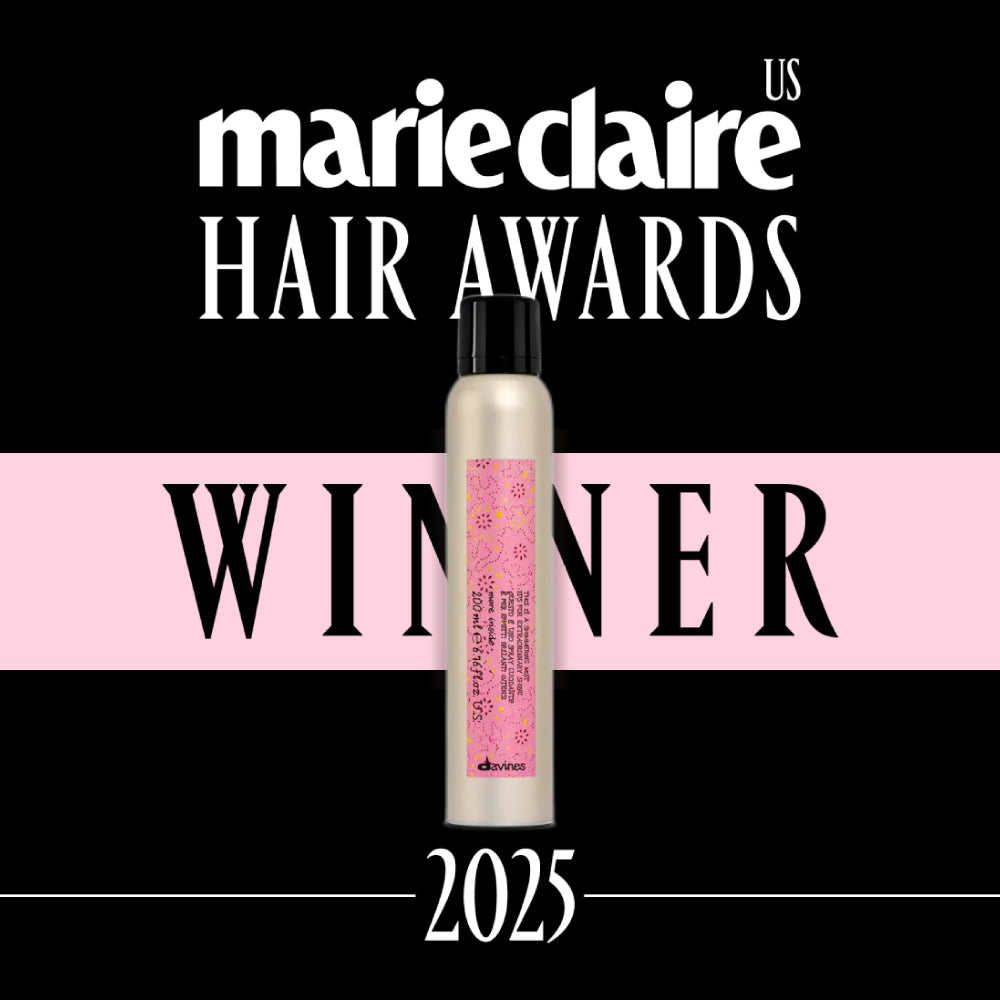

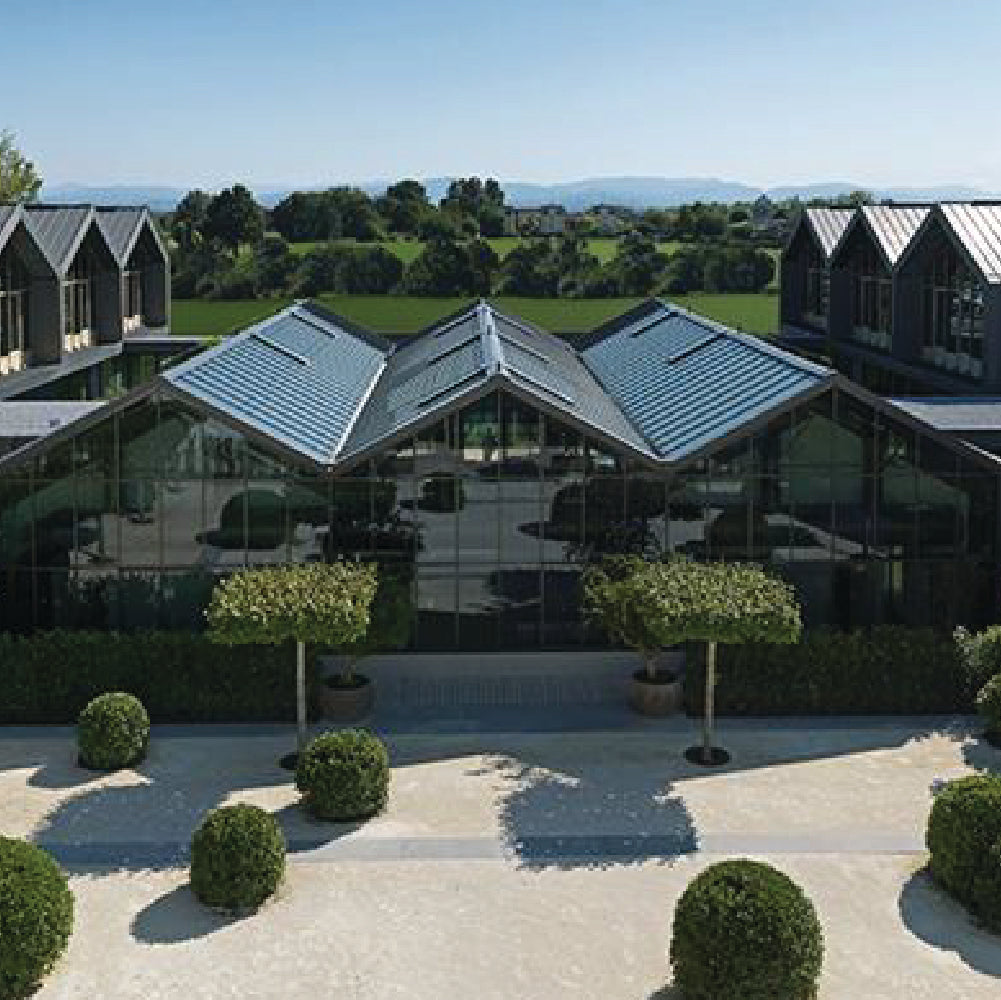
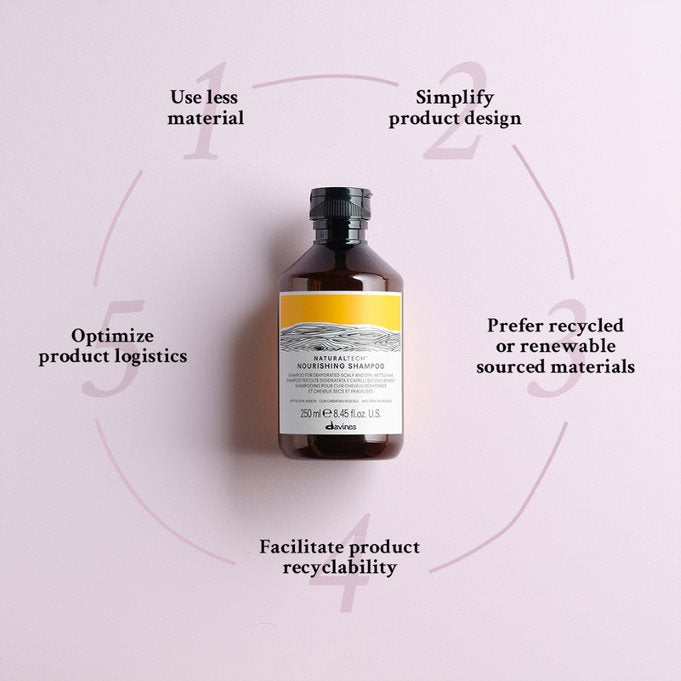
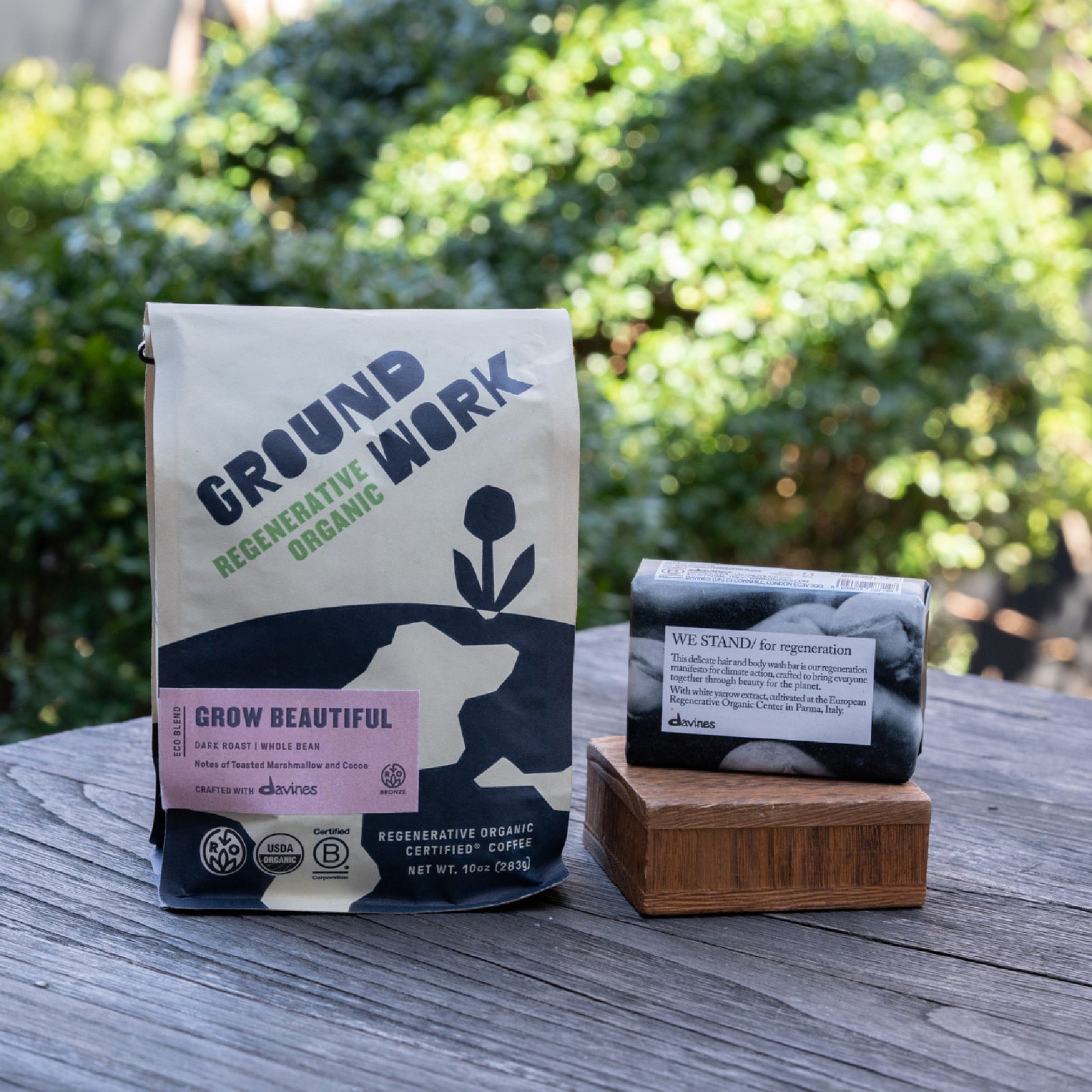
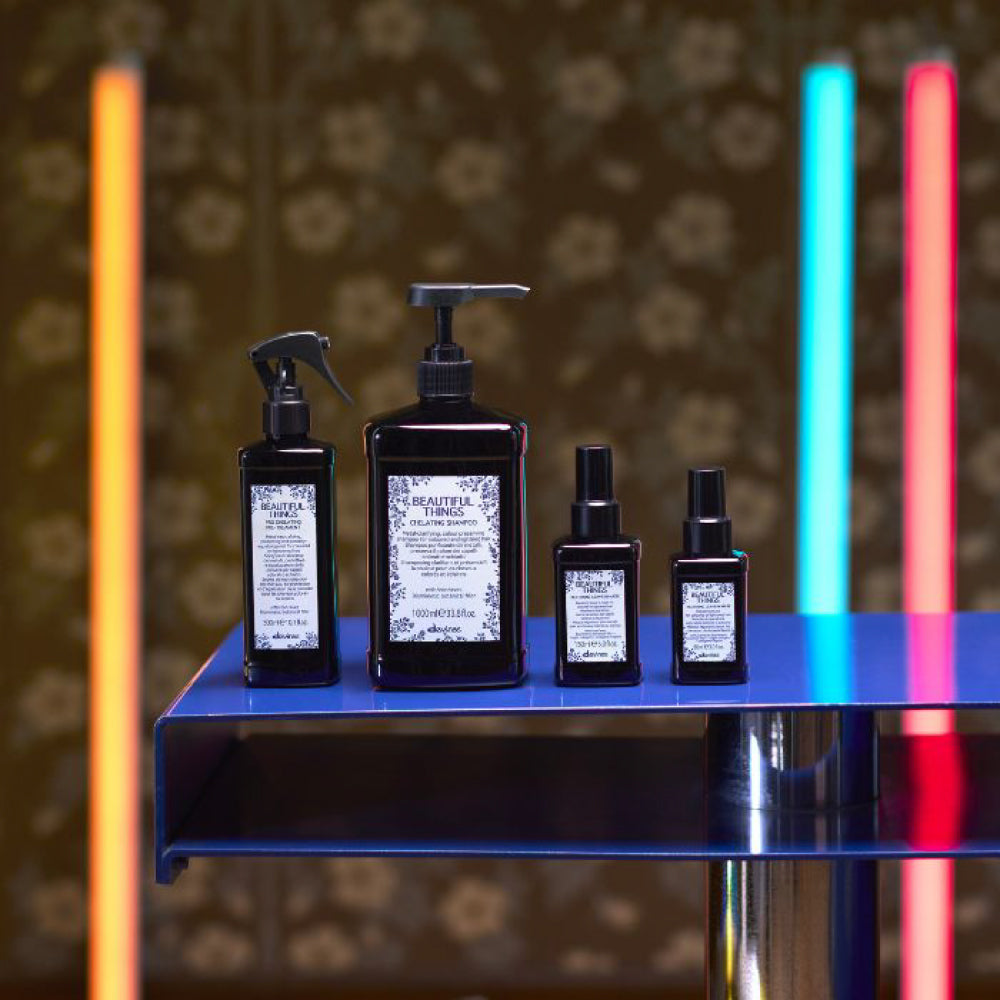
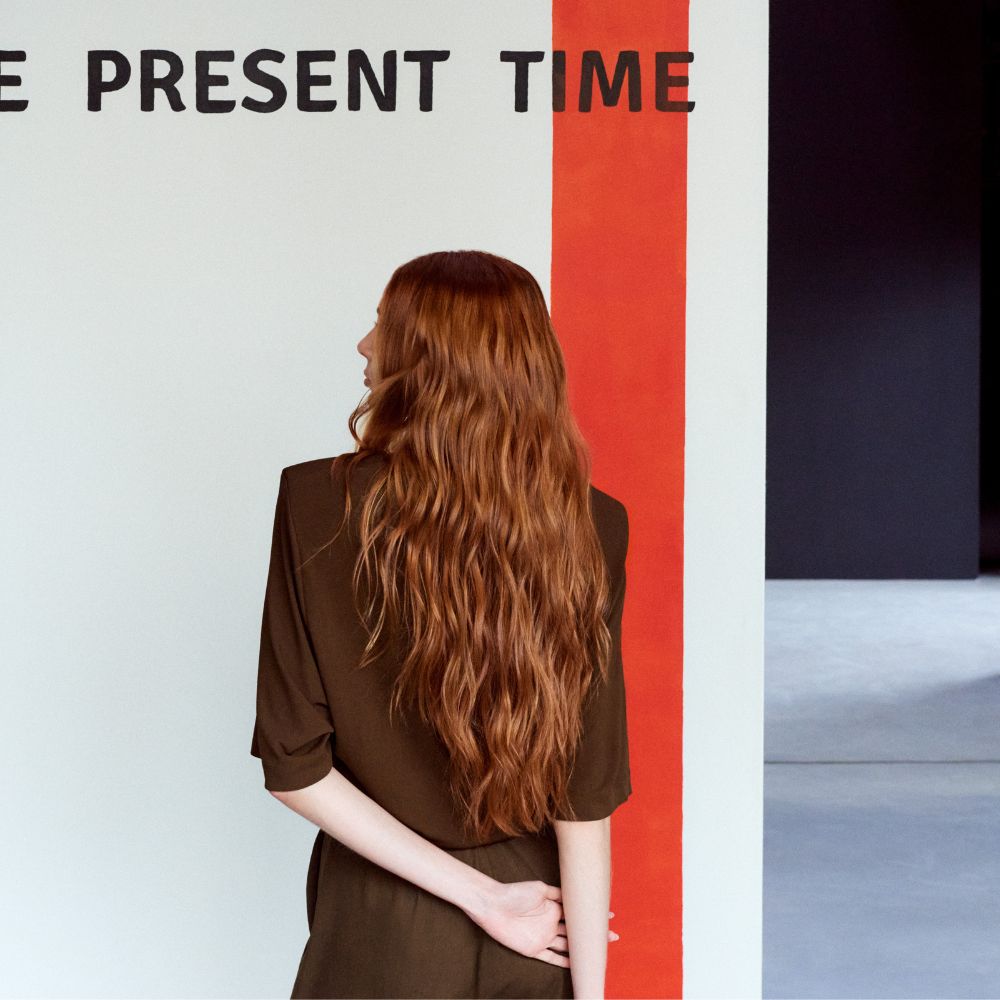
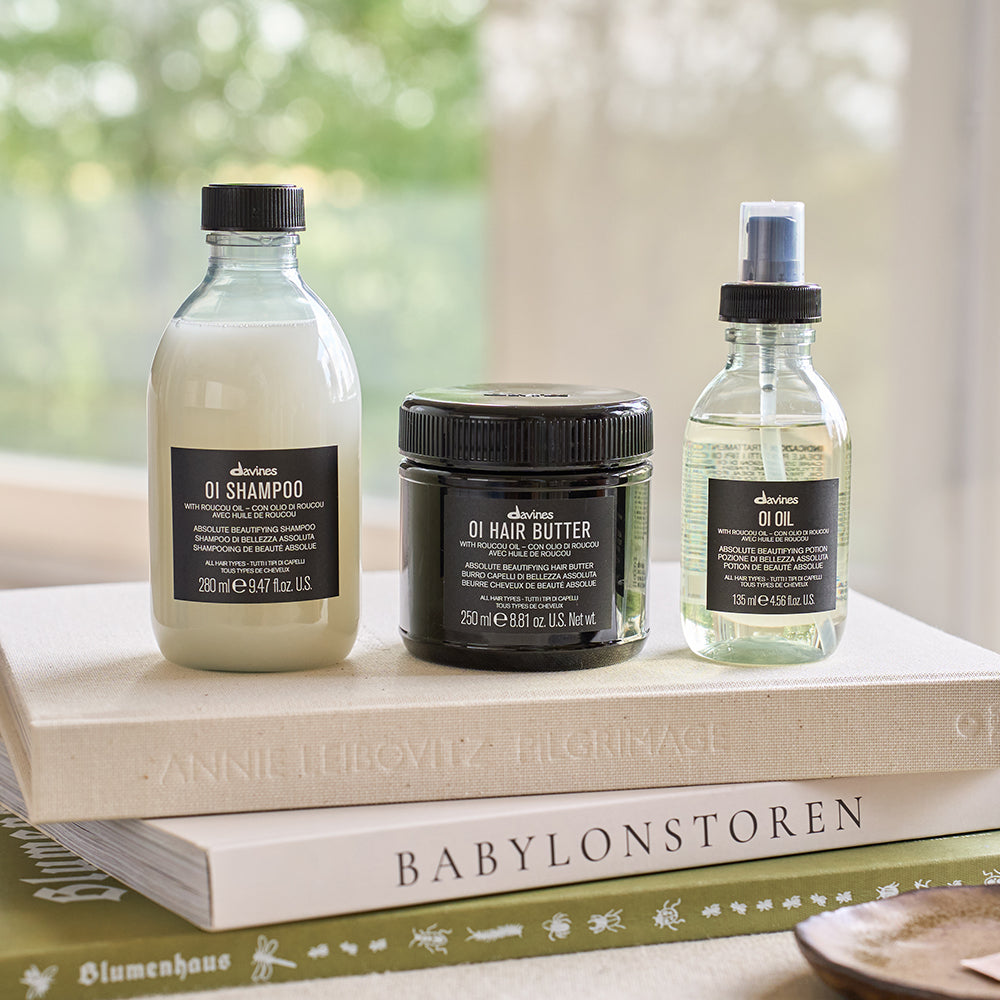
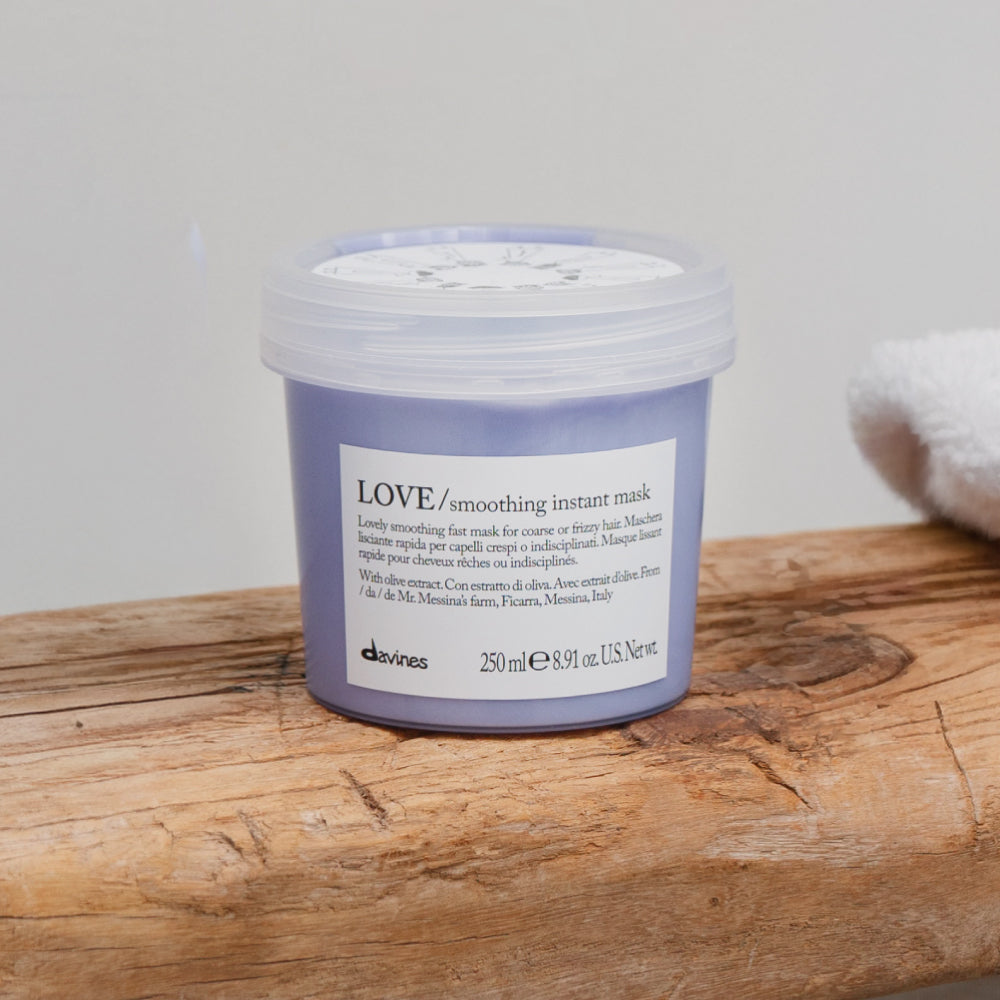
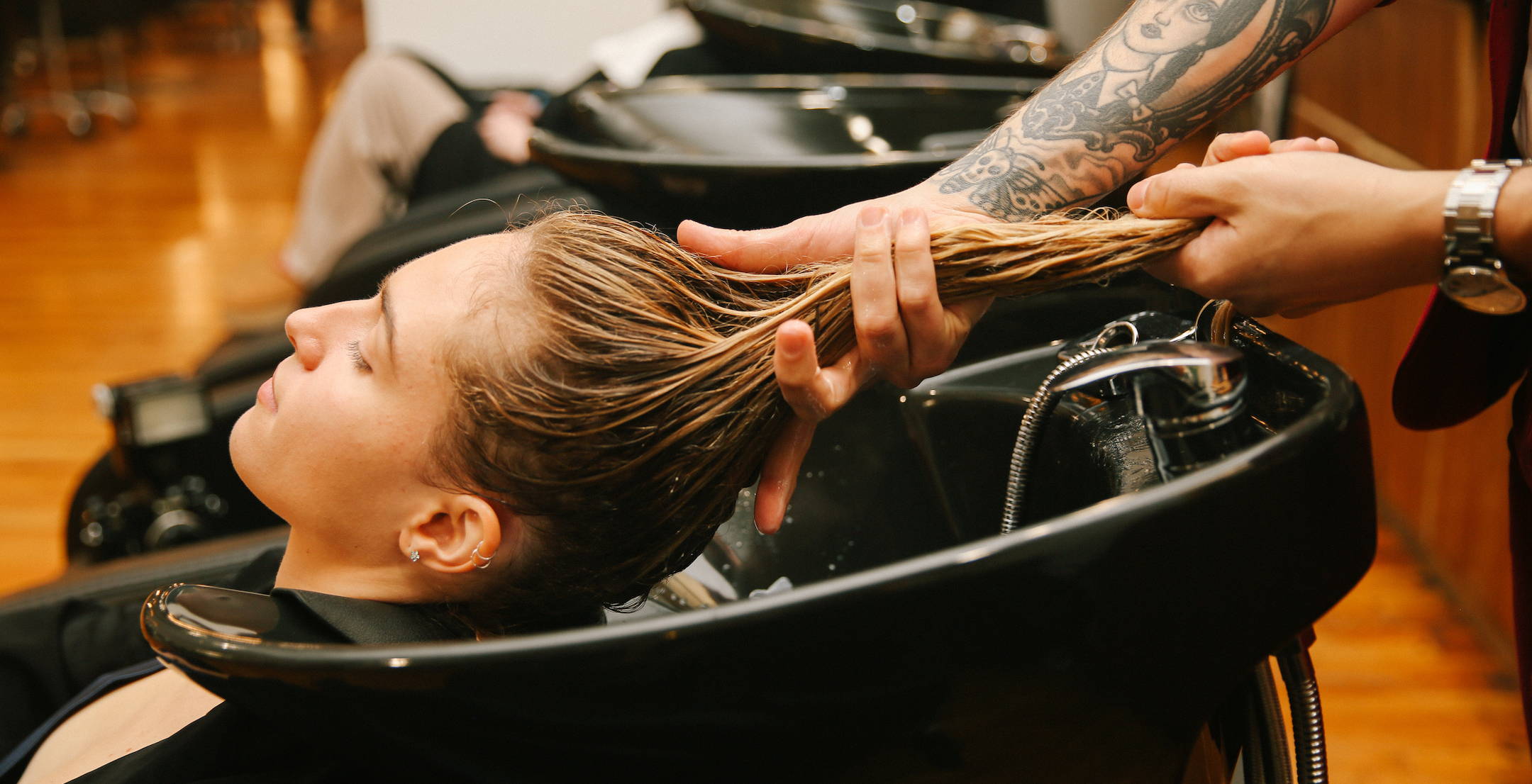
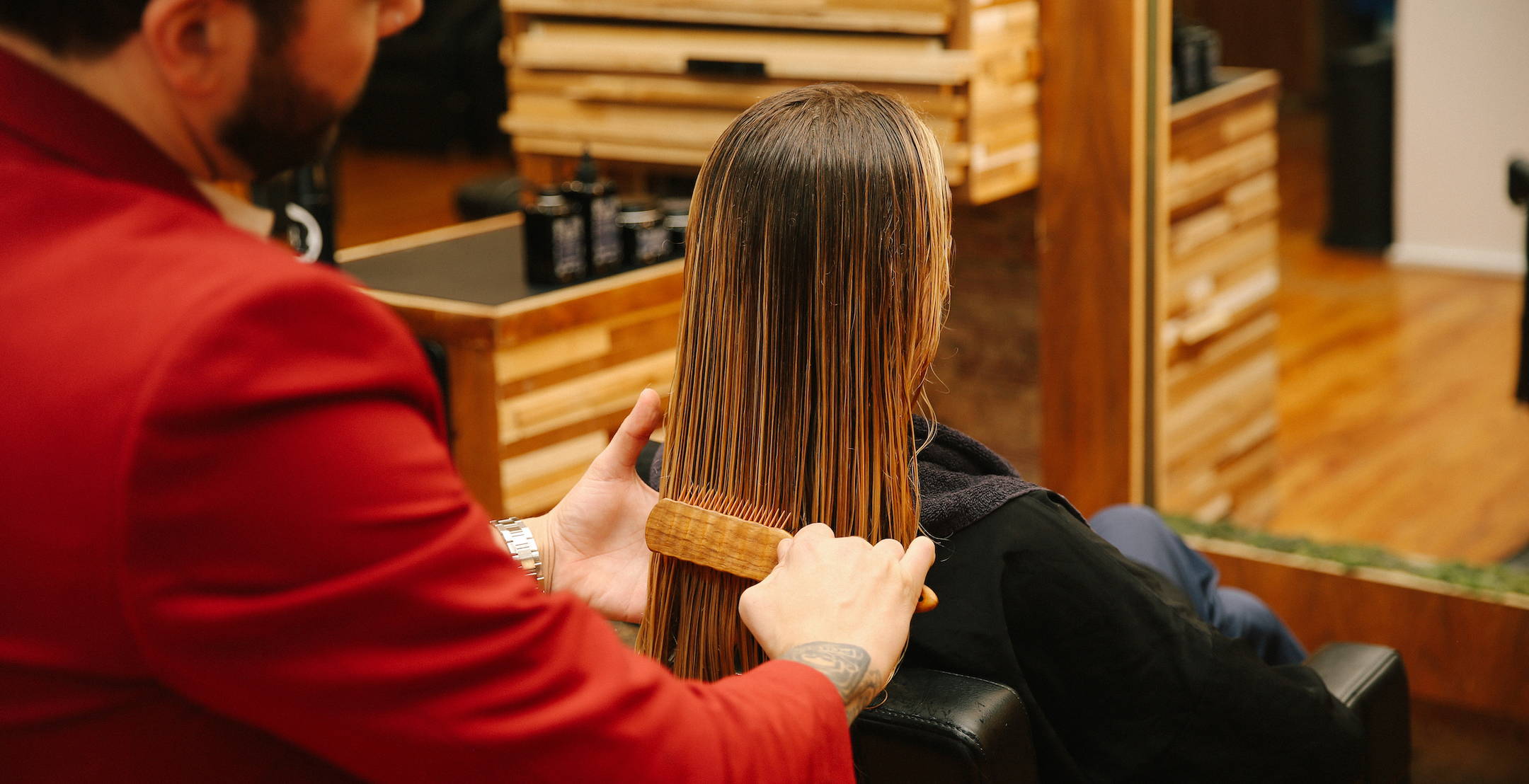
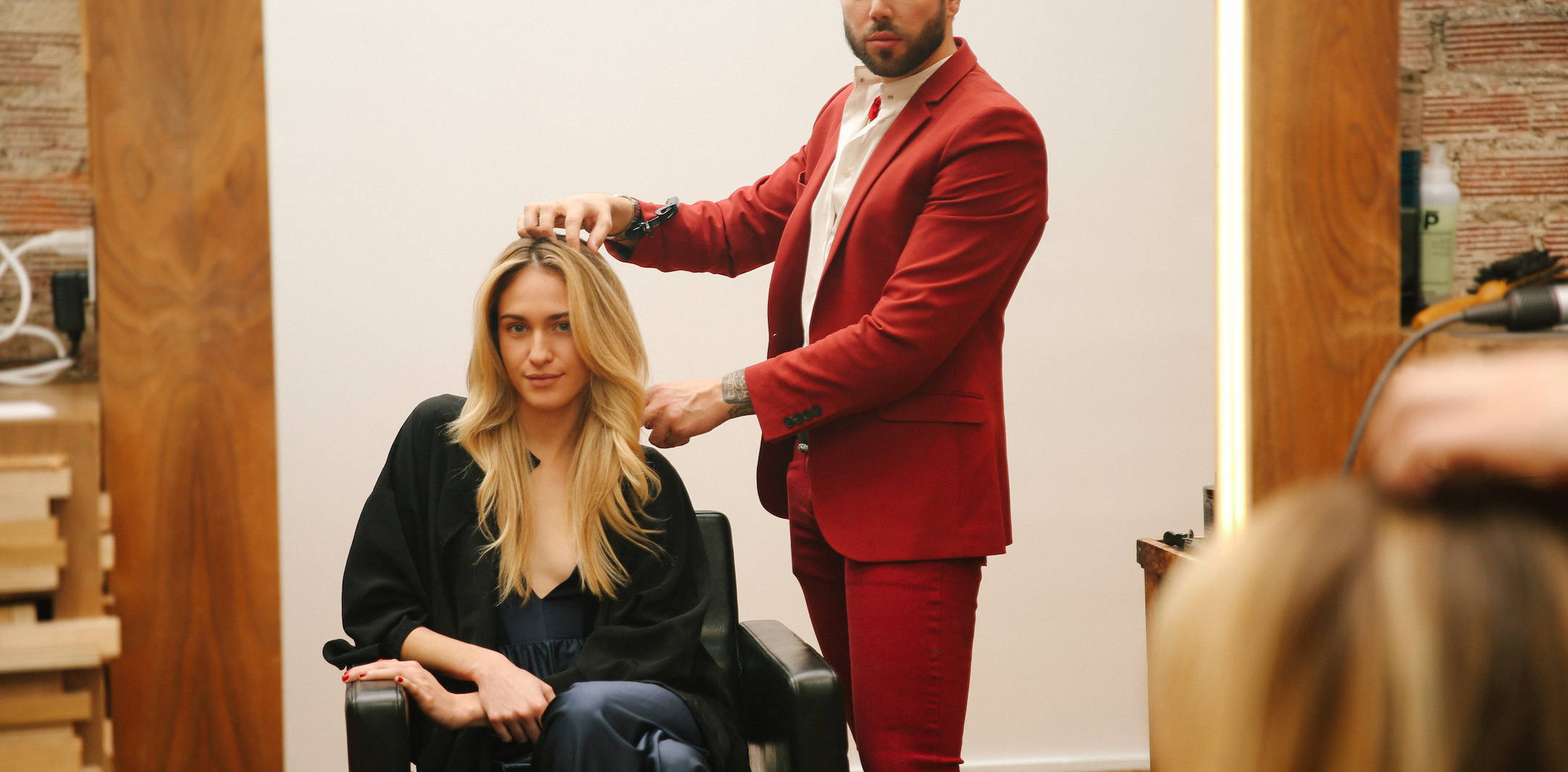


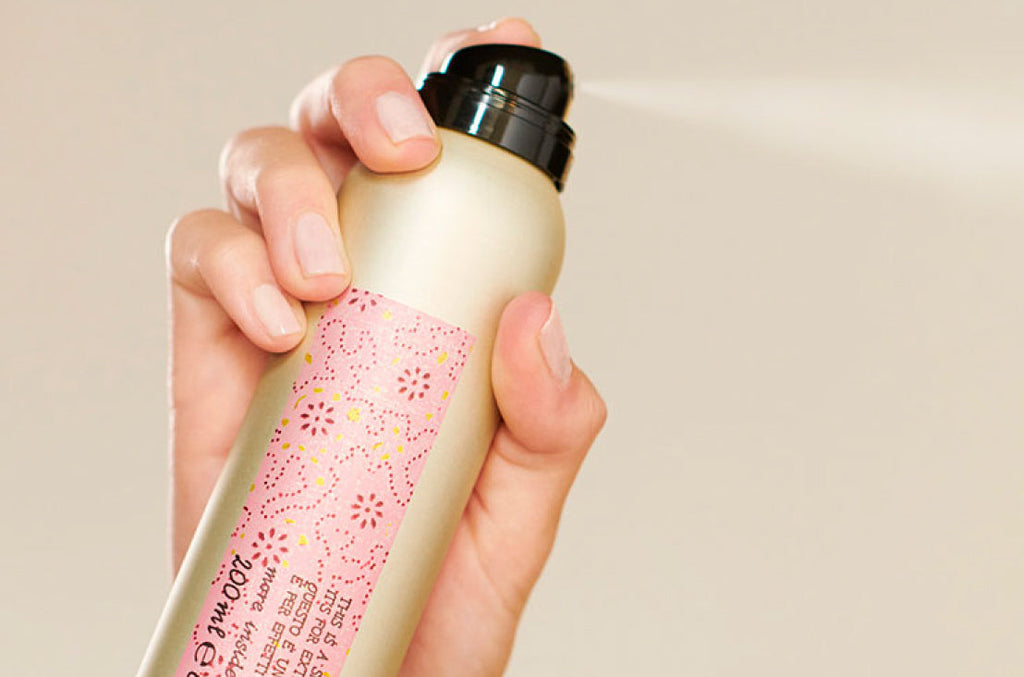
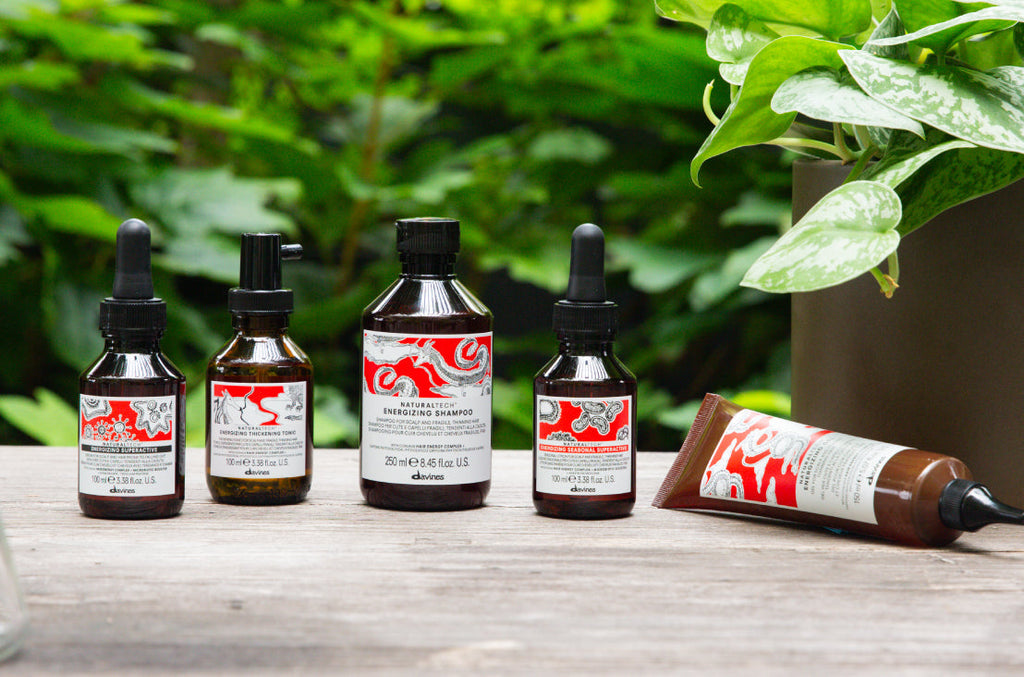
Leave a comment
Comments will be approved before showing up.